-
×
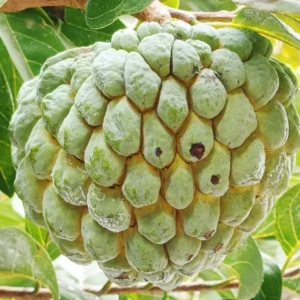 Sugar Apple Plant Live, 12-14 Inch Tall, Half Gallon Pot, Sweetsop Sugar Apple Tree Live Plant, Annona Squamosa Sugar Apple Fruit Tree
$56.99
Sugar Apple Plant Live, 12-14 Inch Tall, Half Gallon Pot, Sweetsop Sugar Apple Tree Live Plant, Annona Squamosa Sugar Apple Fruit Tree
$56.99 -
×
 10 Egyptian Walking Onions Bulbs For Planting, Egyptian Walking Onions, Egyptian Walking Onion Seeds
$25.99
10 Egyptian Walking Onions Bulbs For Planting, Egyptian Walking Onions, Egyptian Walking Onion Seeds
$25.99 -
×
 Sweet Red Cassava Yuca Manihot Esculenta Cuttings. Set 5 Well Rooted Cuttings, Easy to Plant, Zone 8 to 12
$29.99
Sweet Red Cassava Yuca Manihot Esculenta Cuttings. Set 5 Well Rooted Cuttings, Easy to Plant, Zone 8 to 12
$29.99
Sapote Plant Live: 9-12 Inch Sapodilla Tree Tropical Fruit Seedling
$29.99
Get your own Sapote Plant Live! This Sapodilla Tree Live Plant seedling thrives in USDA Zones 9-11. Perfect for gardens and patios. Enjoy tropical fruit!
Out of stock
Estimated arrival
Dec 20
Dec 25 - Dec 27
Dec 30 - Jan 03
Shipping and return policies: Our 30-Day Plant Health Guarantee covers issues with your plants within the first 30 days. Get in touch with us via email, and our team will review your concerns and, if necessary, provide you with a one-time replacement at no cost.

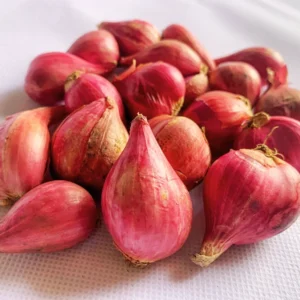 10 Egyptian Walking Onions Bulbs For Planting, Egyptian Walking Onions, Egyptian Walking Onion Seeds
10 Egyptian Walking Onions Bulbs For Planting, Egyptian Walking Onions, Egyptian Walking Onion Seeds  Sweet Red Cassava Yuca Manihot Esculenta Cuttings. Set 5 Well Rooted Cuttings, Easy to Plant, Zone 8 to 12
Sweet Red Cassava Yuca Manihot Esculenta Cuttings. Set 5 Well Rooted Cuttings, Easy to Plant, Zone 8 to 12 
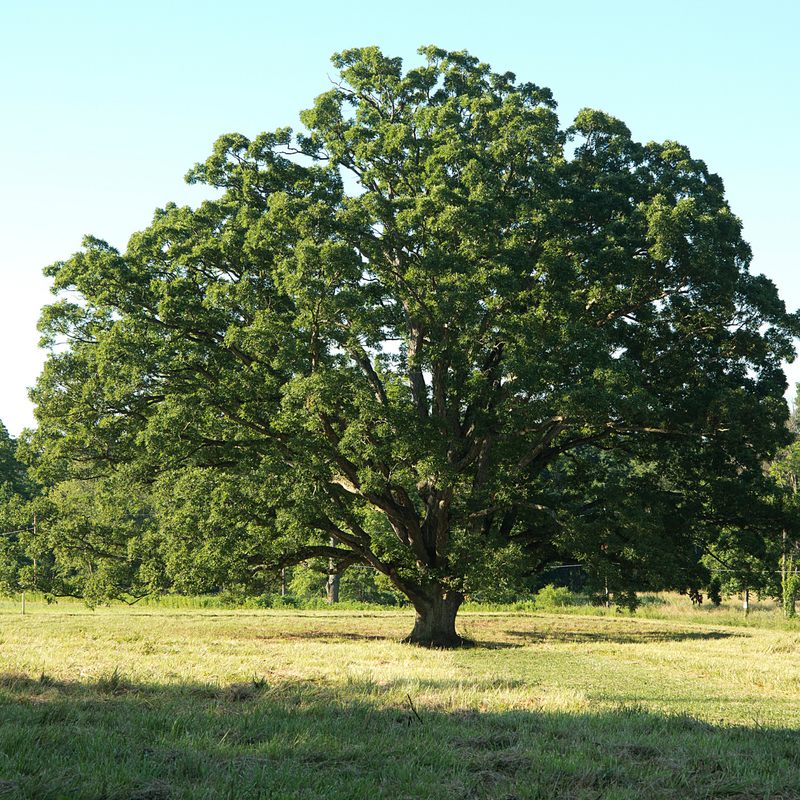

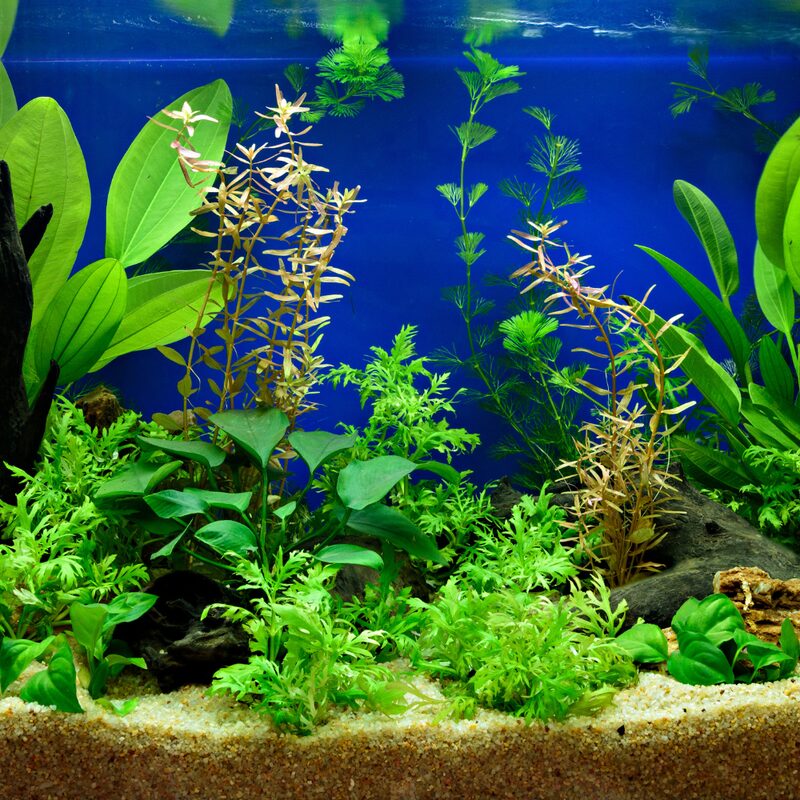

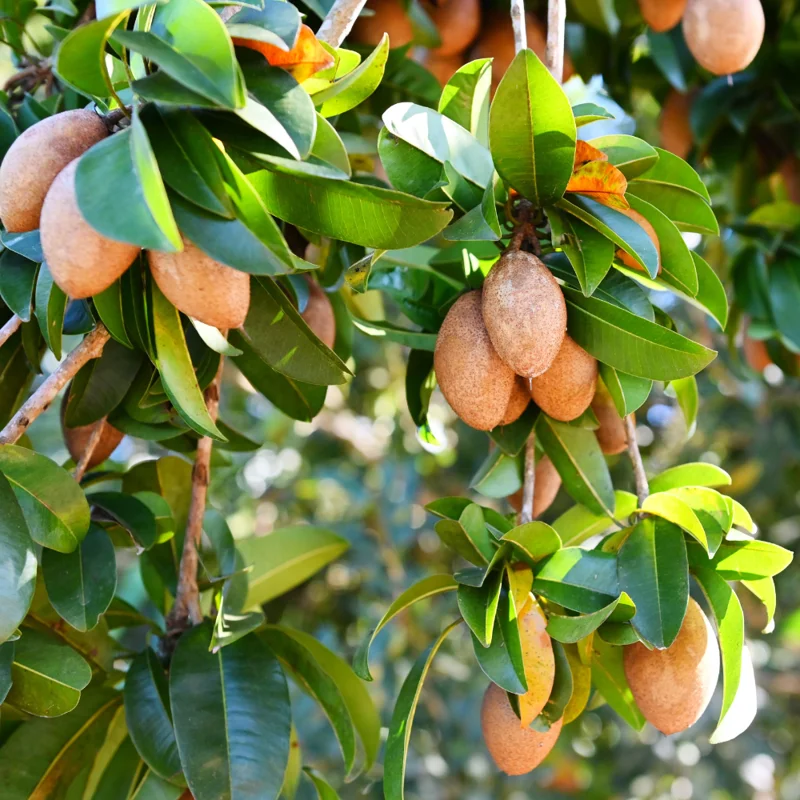
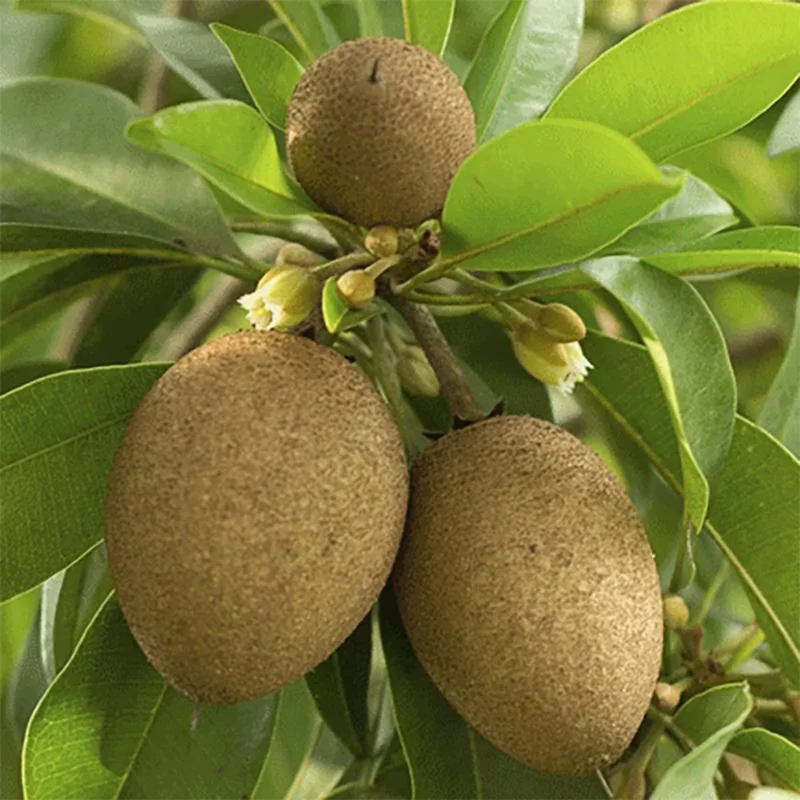
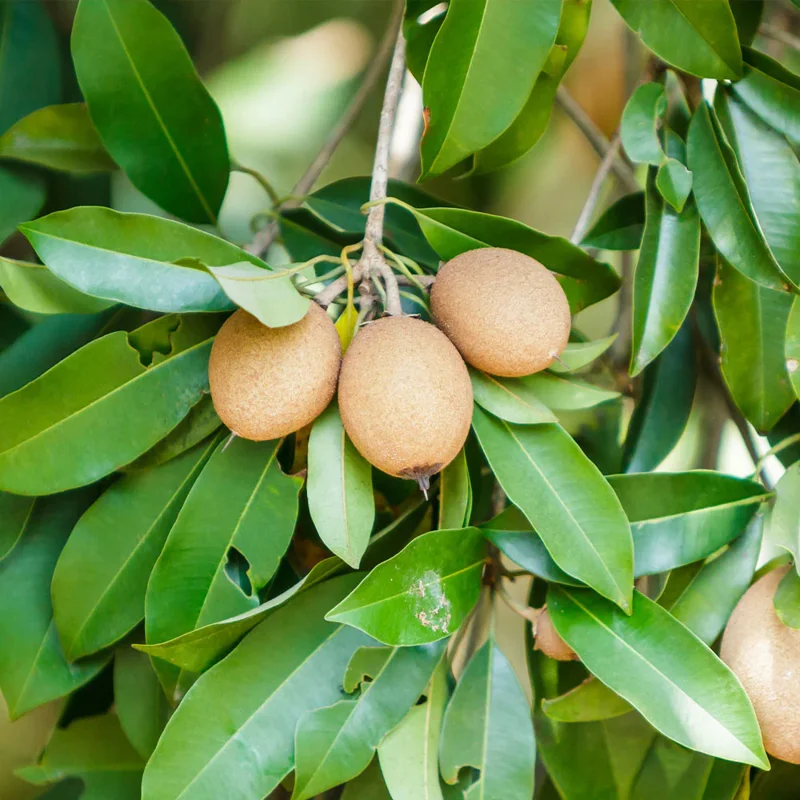


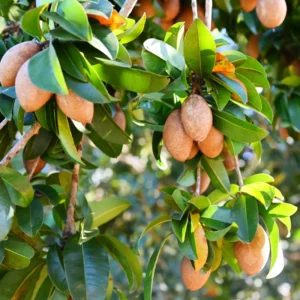
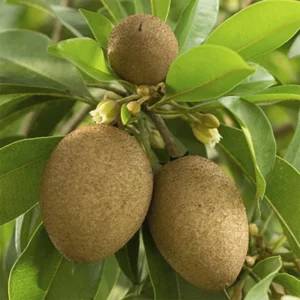
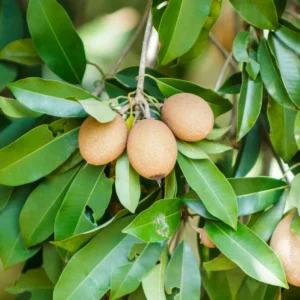



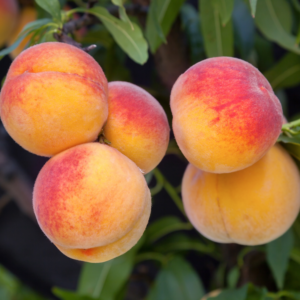
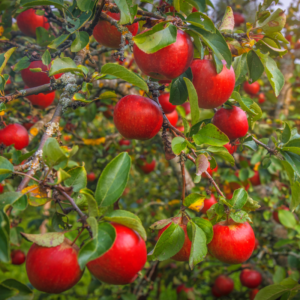


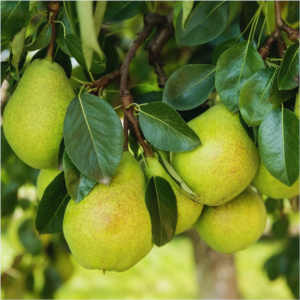


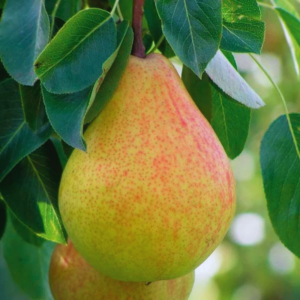
Reviews
There are no reviews yet.